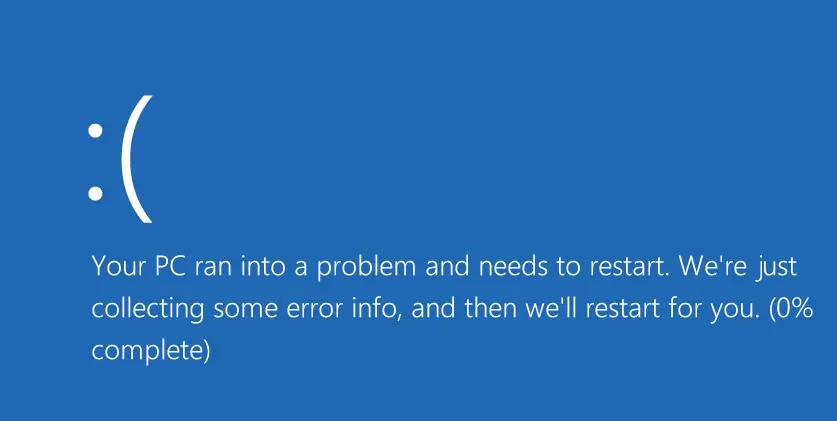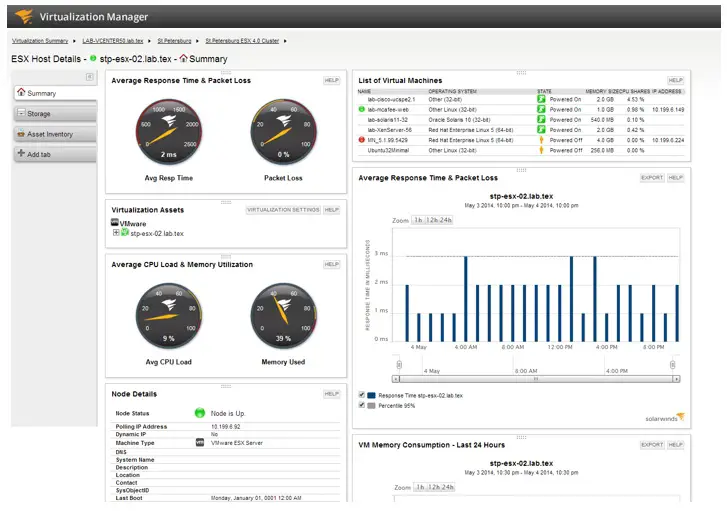Derek Seaman has a nice write up on Veeam Best Practices for VMware on Nutanix
I’m a fan of Veeam, and use in production today. Thus, I wanted to share the write up.
“The goal of the joint whitepaper between Veeam and Nutanix is to help customers deploy Veeam Backup & Replication v7 on Nutanix, when used with VMware vSphere 5.x. This post will highlight some of the major points and how customers can head off some potential issues. The whitepaper covers all the applicable technologies such as VMware’s VADP, CBT, and Microsoft VSS. It also includes and easy to follow checklist of all the recommendations.”
The official whitepaper can be downloaded here.
”
Veeam is modern data protection for virtual environments, and are also a great sponsor of my blog. The web-scale Nutanix solution and its data locality technology are complimented by the distributed and scale-out architecture of Veeam Backup & Replication v7. The combined Veeam and Nutanix solutions leverage the strengths of both products to provide network efficient backups to enable meeting recovery point objective (RPO) and recovery time objective (RTO) requirements.
The architecture is flexible enough to enable the use of either 100% virtualized Veeam components or a combination of virtual and physical components, depending on customer requirements and available hardware. You could also use existing dedicated backup appliances. In short, our joint solution is flexible enough to meet your requirements and efficiently use your physical assets. For example, if you have requirements for tape-out, then you will need at least one physical server in the mix to connect your library to since tape Fibre Channel/SAS pass-thru is not available in ESXi 5.x.

“When virtualizing solution the last thing you want is your backup data stored in the same location as the data you are trying to protect. So the first best practice for a 100% virtualized solution is to use a secondary Nutanix cluster. The cluster would be comprised of at least three Nutanix nodes. This is where the virtualized Veeam Backup & Replication server (along with the data repository), would reside. Should you have a problem with the production Nutanix cluster, your secondary cluster is unaffected. Depending on the amount of data you are backing up and your retention policies, you may or may not want the same Nutanix hardware models as your production cluster. For example, you may want to consider the 6000 series hardware which are ‘storage heavy’ for your secondary cluster. The following figure depicts a virtualized Veeam backup solution.”

Read the full post.
http://www.derekseaman.com/2014/04/veeam-best-practices-vmware-nutanix.html
Thanks to Derek Seaman for the write up.
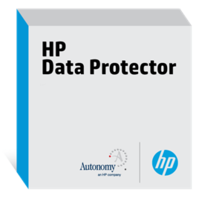 Without backup software to actually use Federated Catalyst, the technology itself doesn’t do much good, so my first question is when would Data Protector support Federated Catalyst. The good news is that Data Protector 8 and 9 will both support Federated Catalyst when it becomes generally available with the new 3.11 StoreOnce firmware.
Without backup software to actually use Federated Catalyst, the technology itself doesn’t do much good, so my first question is when would Data Protector support Federated Catalyst. The good news is that Data Protector 8 and 9 will both support Federated Catalyst when it becomes generally available with the new 3.11 StoreOnce firmware.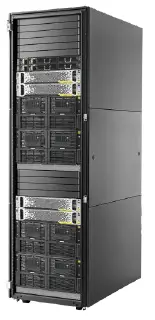 This week at HP Discover, HP announced a new Federated Catalyst feature for the StoreOnce family of disk to disk backup arrays. The new capability will allow backup administrators to make large Catalyst stores on a StoreOnce and allow for data to be striped across all the back-end service sets in the array. Federated Catalyst is available immediately on the StoreOnce B6500 line and will be coming in a few weeks to the StoreOnce B6200 line.
This week at HP Discover, HP announced a new Federated Catalyst feature for the StoreOnce family of disk to disk backup arrays. The new capability will allow backup administrators to make large Catalyst stores on a StoreOnce and allow for data to be striped across all the back-end service sets in the array. Federated Catalyst is available immediately on the StoreOnce B6500 line and will be coming in a few weeks to the StoreOnce B6200 line.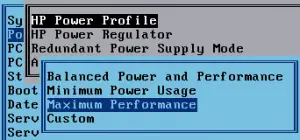 I checked this on my HP ProLiant blade servers and they were set to the default “Balanced Power and Performance.” The label doesn’t sound all that bad, but on further searching, this setting enabled the dynamic power management within a server. With this enabled, the CPU’s seemed to be powering down and taking additional time to power up when demand from vSphere increases.
I checked this on my HP ProLiant blade servers and they were set to the default “Balanced Power and Performance.” The label doesn’t sound all that bad, but on further searching, this setting enabled the dynamic power management within a server. With this enabled, the CPU’s seemed to be powering down and taking additional time to power up when demand from vSphere increases.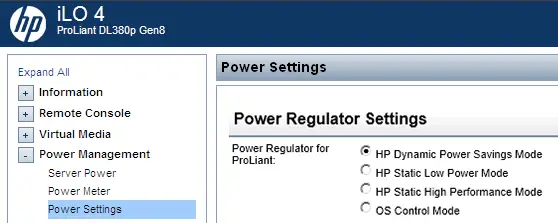
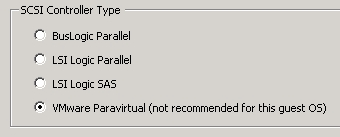 VMware unanimously makes the recommendation to the the Paravirtualized SCSI adapters within guest OSes when running business critical apps on vSphere in all the courses linked above. Paravirtualized SCSI adapters are higher performance disk controllers that allow for better throughput and lower CPU utilization in guest OSes according to
VMware unanimously makes the recommendation to the the Paravirtualized SCSI adapters within guest OSes when running business critical apps on vSphere in all the courses linked above. Paravirtualized SCSI adapters are higher performance disk controllers that allow for better throughput and lower CPU utilization in guest OSes according to 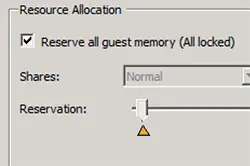 VMware recommends reserving the entire memory allotment for virtual machines running business critical apps. This ensure no contention where high performance applications are concerned. vSphere 5 and higher with virtual hardware version 8 or higher has a checkbox that allows for reserving the entire allotment of vRAM, even as allocations change.
VMware recommends reserving the entire memory allotment for virtual machines running business critical apps. This ensure no contention where high performance applications are concerned. vSphere 5 and higher with virtual hardware version 8 or higher has a checkbox that allows for reserving the entire allotment of vRAM, even as allocations change.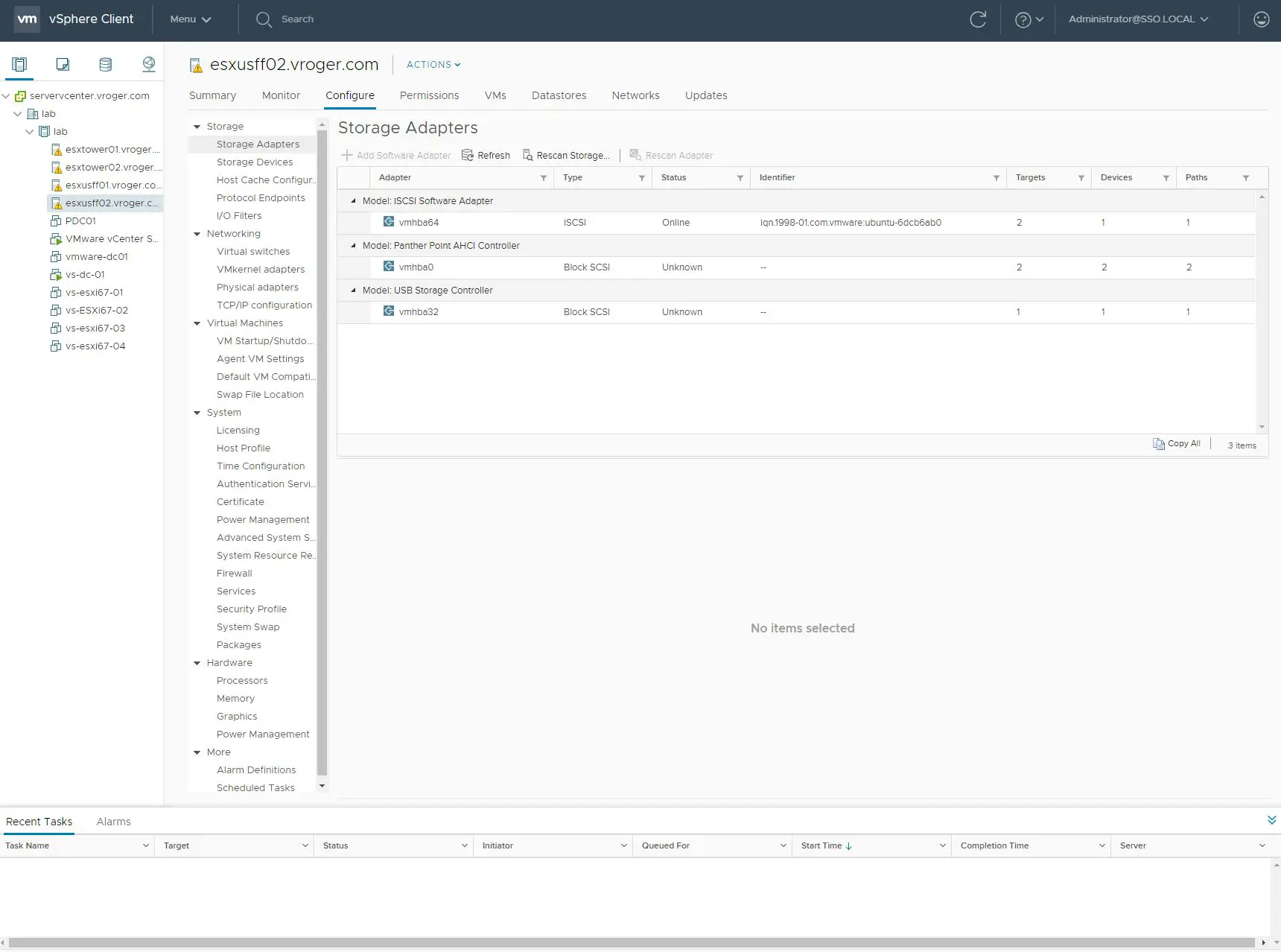

 Today wraps up a week of full-time testing of the Elitebook Folio 1040. I survived Microsoft TechEd this week without a Mac. There were some bumps along the road, but the overall experience was a good one with this new laptop. The Elitebook Folio 1040 hardware is very impressive. Some of the highlights for me have to be the battery life, the fingerprint scanner for login and passwords and the resolution of the screen. I also love the weight, or lack of weight actually, for this system. It’s extremely portable.
Today wraps up a week of full-time testing of the Elitebook Folio 1040. I survived Microsoft TechEd this week without a Mac. There were some bumps along the road, but the overall experience was a good one with this new laptop. The Elitebook Folio 1040 hardware is very impressive. Some of the highlights for me have to be the battery life, the fingerprint scanner for login and passwords and the resolution of the screen. I also love the weight, or lack of weight actually, for this system. It’s extremely portable. HP showed off its new, free Scripting Tools for Windows at Microsoft TechEd this week on the expo floor. The scripting tools are specifically Powershell cmdlets for iLO control in the version 1.1 release. The cmdlets allow you to script a number of functions against the iLO management processors. The Powershell cmdlets work against iLO 3 and iLO4 which roughly equates to Proliant G7 and Gen 8 models.
HP showed off its new, free Scripting Tools for Windows at Microsoft TechEd this week on the expo floor. The scripting tools are specifically Powershell cmdlets for iLO control in the version 1.1 release. The cmdlets allow you to script a number of functions against the iLO management processors. The Powershell cmdlets work against iLO 3 and iLO4 which roughly equates to Proliant G7 and Gen 8 models.